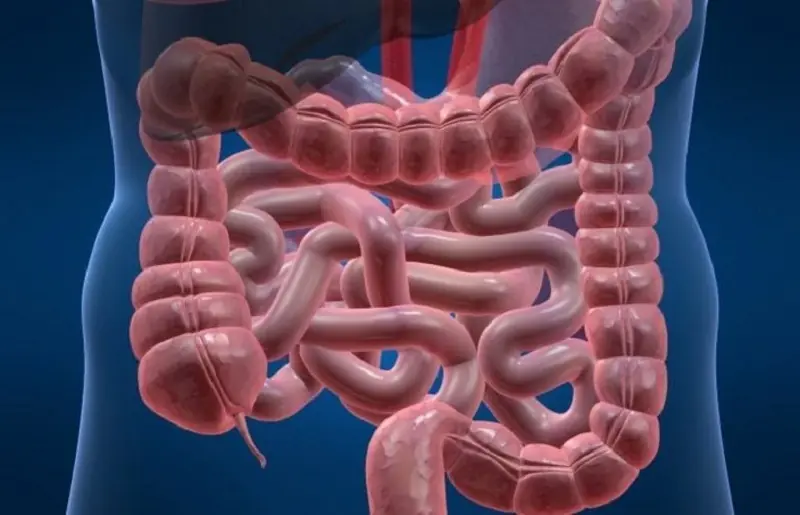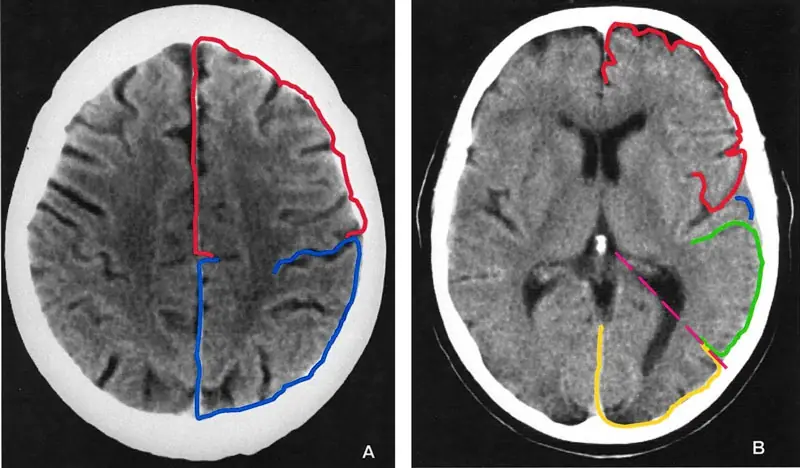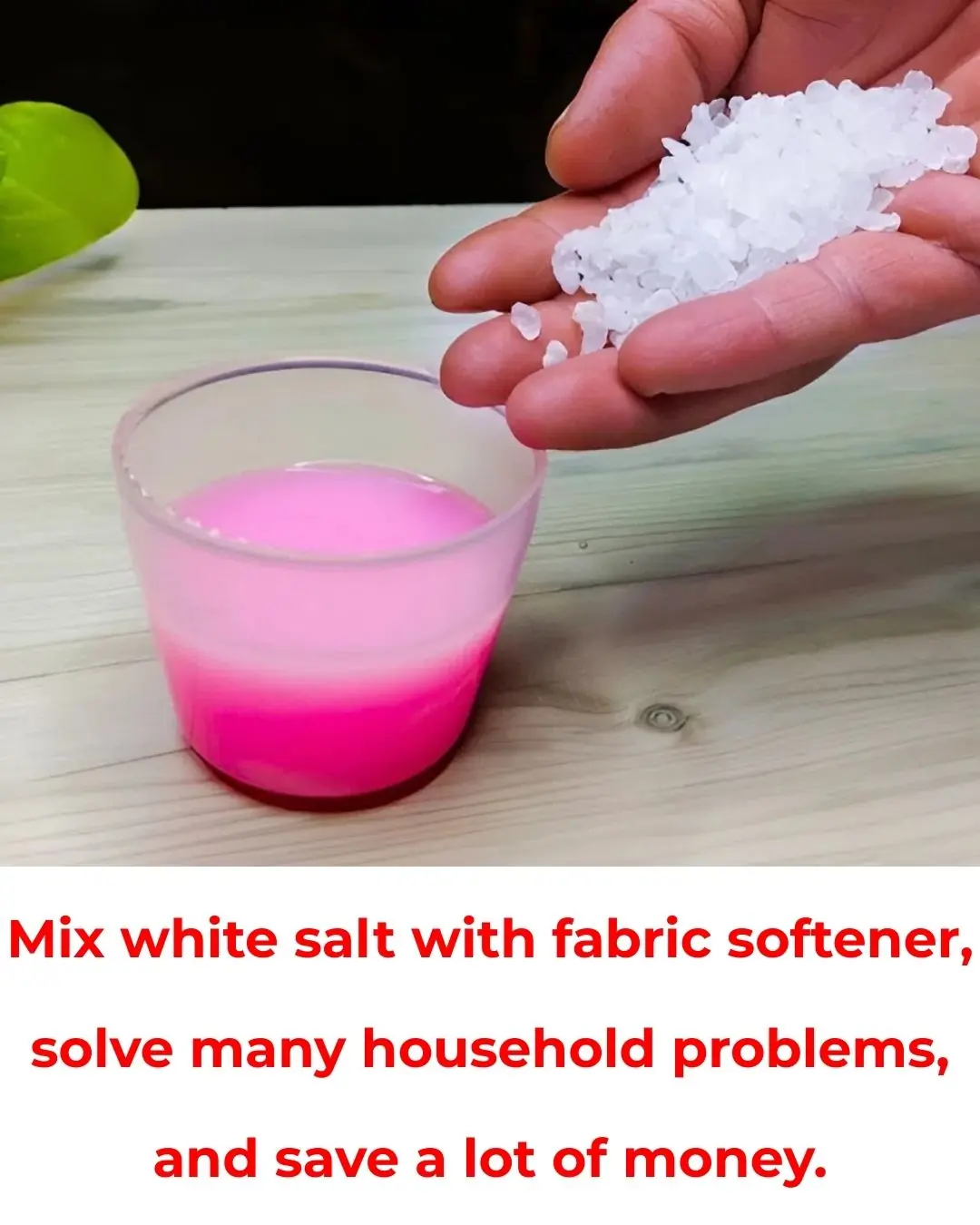TOPLINE:
Veterans with gout were 30% more likely to be prescribed chronic opioid therapy than those without gout, with factors such as female sex, underweight BMI, current smoking status, and a higher burden of comorbidities increasing this likelihood.
METHODOLOGY:
- Researchers conducted a matched cohort study to determine whether patients with gout were more likely than matched control individuals without gout to have a risk for chronic prescription opioid exposure.
- They also sought to identify the clinical factors associated with chronic opioid exposure.
- Data related to 419,967 patients with gout and 3,609,382 matched control individuals from the Veterans Health Administration (VHA) records (January 2000-July 2020) were included (overall mean age, 67.6 years; 99% men).
- Chronic opioid exposure was defined as at least 90 days’ cumulative supply from two or more pharmacy dispensing episodes occurring in a 6-month window without a gap of 32 or more days. Patients were followed up for a mean duration of 4.52 years.
- Medications such as acetaminophen/hydrocodone, buprenorphine, codeine, fentanyl, hydromorphone, morphine, methadone, oxycodone, and tramadol were considered as opioids.
TAKEAWAY:
- Patients with gout were 30% more likely than control individuals to receive prescriptions for chronic opioid use (adjusted hazard ratio [aHR], 1.30; 95% CI, 1.28-1.32).
- Among patients with gout, factors associated with an increased likelihood of chronic opioid exposure included female sex (aHR, 1.29; 95% CI, 1.14-1.46), underweight BMI (aHR, 1.32; 95% CI, 1.13-1.54), and current smoking status (aHR, 1.62; 95% CI, 1.55-1.68).































